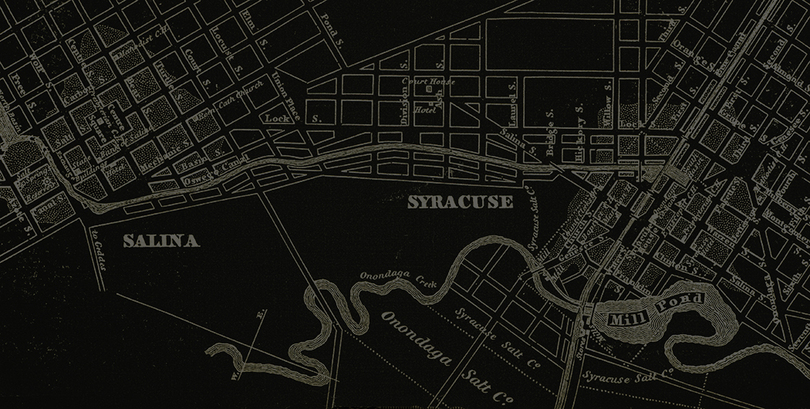Onondaga County’s most recent community health assessment and improvement plan was revised in September 2017. The assessment found an increase in suicide death rates in the county from 2009 to 2014 — the suicide mortality rate for adults was an average of 10.6 per 10,000 people, according to HealtheCNY.
Mental health can be affected by factors including genetics, brain chemistry, trauma and abuse, according to HealtheCNY. In 2017, researchers for a Syracuse University and Syracuse community collaborative study looked into neighborhood trauma due to violence. They found, through a community survey, that more than half of Syracuse residents knew more than 10 murder victims personally — and half of residents scored positive on a PTSD checklist for civilians.
In the city of Syracuse, 16.6 percent of people — about 24,000 people — reported that they had poor mental health 14 or more days per month in 2015, per HealtheCNY.









